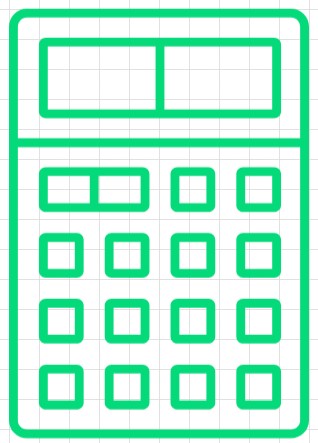A Comprehensive Guide with Examples
Understanding subtraction is foundational in mathematics. But when we add decimals to the mix, some students – and even adults – might feel a twinge of anxiety. Fear not! Subtracting with decimals is essentially the same as basic subtraction; it just comes with the added step of managing the decimal point. In this guide, we’ll demystify the process and walk through some examples.
Why Decimals?
Before we dive in, it’s worth reminding ourselves why we deal with decimals. Decimals are a way to represent fractions or portions of whole numbers. They are especially handy in real-life situations like calculating money, measuring weight, or determining distance. The world isn’t always neatly divided into whole numbers, and that’s where decimals come in handy.

Check Out Our Free Subtraction Worksheets
The Golden Rule: Line Up the Decimals!
This is the most crucial point to remember when subtracting decimals: always line up the decimal points. Unlike whole numbers, where you start aligning from the rightmost digit (the units column), decimals demand alignment by their decimal points. This ensures that tenths are subtracted from tenths, hundredths from hundredths, and so on.
Example 1: Simple Subtraction
Let’s look at a straightforward subtraction:
52.36
–
14.9
To subtract these, first, make sure the decimal points are aligned. Notice that the second number, 14.9, has only one decimal place while the first number, 52.36, has two. We can add a zero to 14.9, making it 14.90 without changing its value. Now, subtract as usual:
52.36
–
14.90
________
37.46
The answer is 37.46.
Example 2: Borrowing Across the Decimal Point
Sometimes, you’ll encounter numbers that require you to borrow or carry across the decimal point. Here’s an example:
63.25
–
29.68
When subtracting the hundredths column, 5 minus 8 won’t work without borrowing. Here’s what you do:
1. Borrow 1 from the tenths column in the top number, which means 2 becomes 1.
2. The 5 in the hundredths column now becomes 15.
Now, 15 minus 8 is 7.
In the tenths column, since you’ve borrowed 1, 1 minus 6 won’t work without borrowing again. So:
1. Borrow 1 from the whole number’s units column. Thus, 3 becomes 2.
2. The 1 in the tenths column now becomes 11.
Now, 11 minus 6 is 5.
Continue subtracting the remaining columns, and the subtraction becomes straightforward:
63.25
–
29.68
________
33.57
The answer is 33.57.

Free Math and English Worksheet Generators
Additional Tips
- Zeros are Helpful: When working with decimals, don’t be afraid to add zeros to the end of a number to make the digits align correctly. For instance, 15.7 can be written as 15.70, 15.700, 15.7000, etc., without changing its value.
- Check with Addition: A great way to ensure your subtraction is correct is to add the difference to the smaller number. You should get the larger number back!
- Use Technology: While it’s essential to understand the concept, for more complex calculations, tools like calculators or software can be invaluable. Always remember to check your work!
Summary
Subtraction with decimals doesn’t have to be intimidating. With practice and by remembering to line up those decimal points, you’ll master this skill in no time. Whether you’re balancing a checkbook, measuring ingredients for a recipe, or calculating distances, this is a skill that you’ll use time and again in daily life. So, practice, stay patient, and soon subtracting decimals will be as easy as 1, 2, 3… or should we say 0.1, 0.2, 0.3!